Conventional wisdom suggests that teams are opting to seek out more long range scores in the form of points. A good example of this conventional wisdom is articulated by Christy O'Connor (e.g. here). O'Connor has a range of experience that is hard to match. As a player, he has collected honours at the highest level for county and club. He has coached to the highest level. He has documented the game via his journalism for all of the period in the picture above. The word "wisdom" is appropriate.
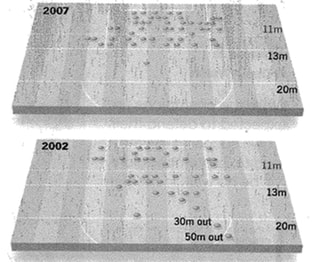
In the past, I have used the data to explain to players how and why they should defend the "D" zone around the goal. Most coaches do something similar. Older ones call it "minding the house". Such coaching is probably a contributing factor to attacking players deciding that it is easier to take a point from a less congested zone further out the field.
Not much has changed, if one is to judge from the 2018 season. Below is a plot of the goals from play in 2018. It excludes scores from placed balls. Six of those excluded scores were from the 20m line. It also excludes Patrick Horgan's long range free in the All-Ireland semi-final and the ball that Austin Gleeson was judged to have "dropped/carried" over his own line in the Gaelic Grounds.
One final thought. Imagine the difficulty in computing an Expected Goals measure in hurling. Identifying the exact location of the above scores was not easy and one could easily quibble with one or two. With less than 100 goals, it is not exactly big data. Then consider the range of methods of shooting listed above. Like playing for goals, it might not be worth the effort.
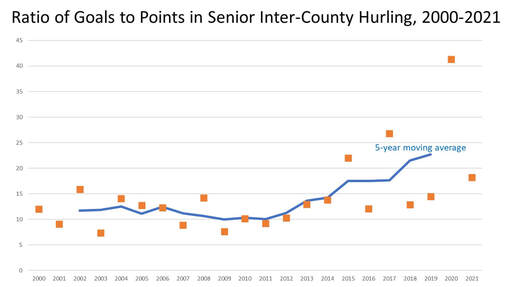
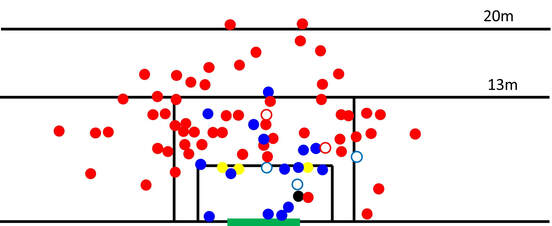
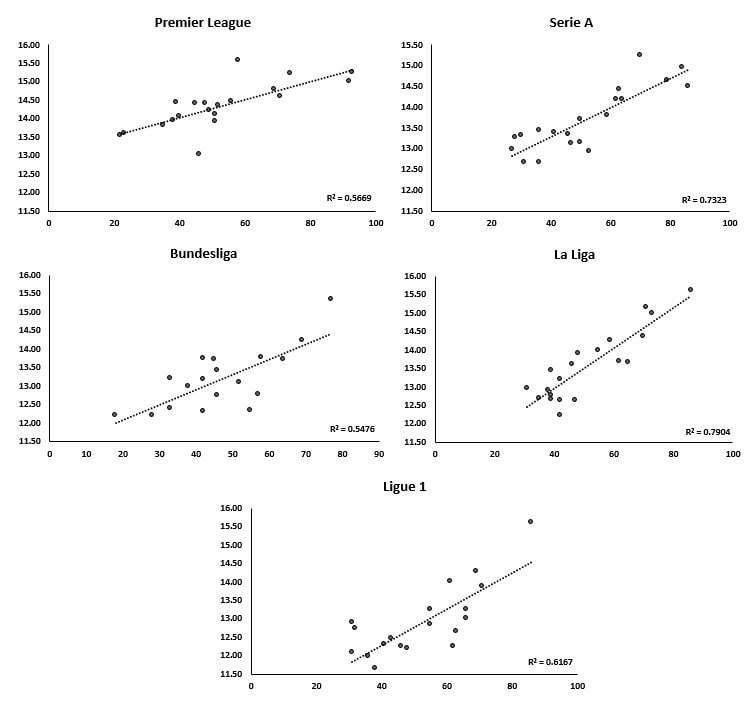
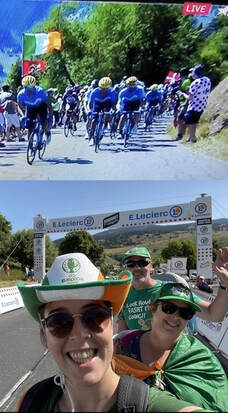
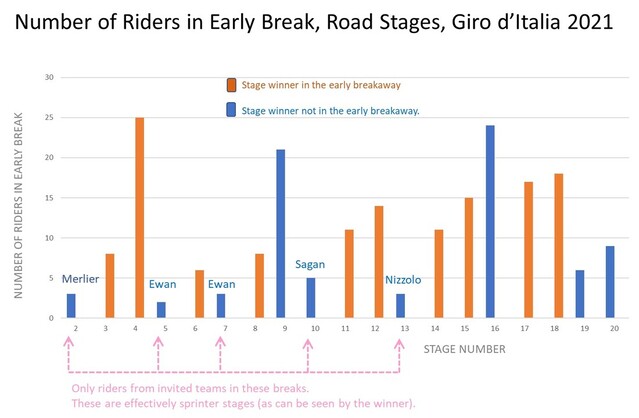
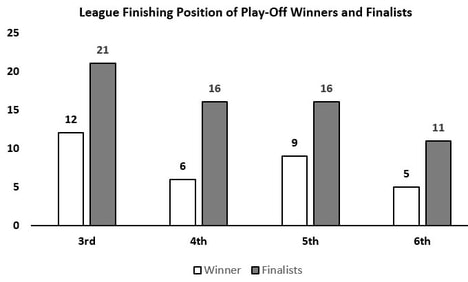
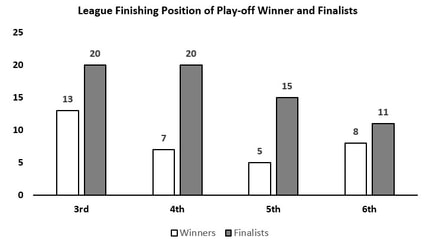
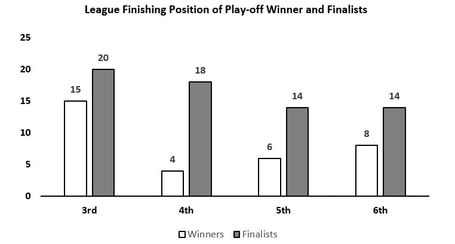
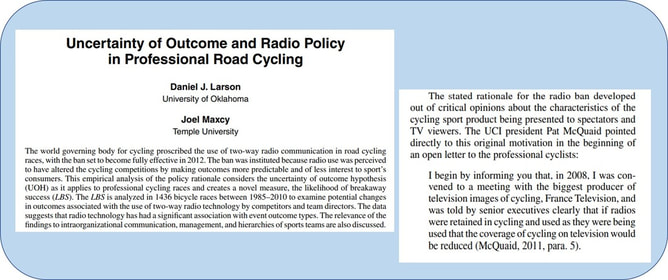

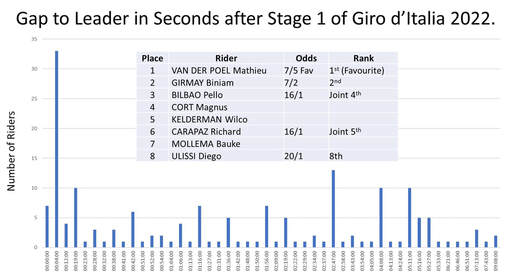

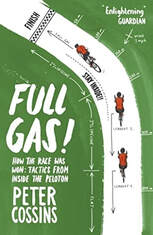
 RSS Feed
RSS Feed